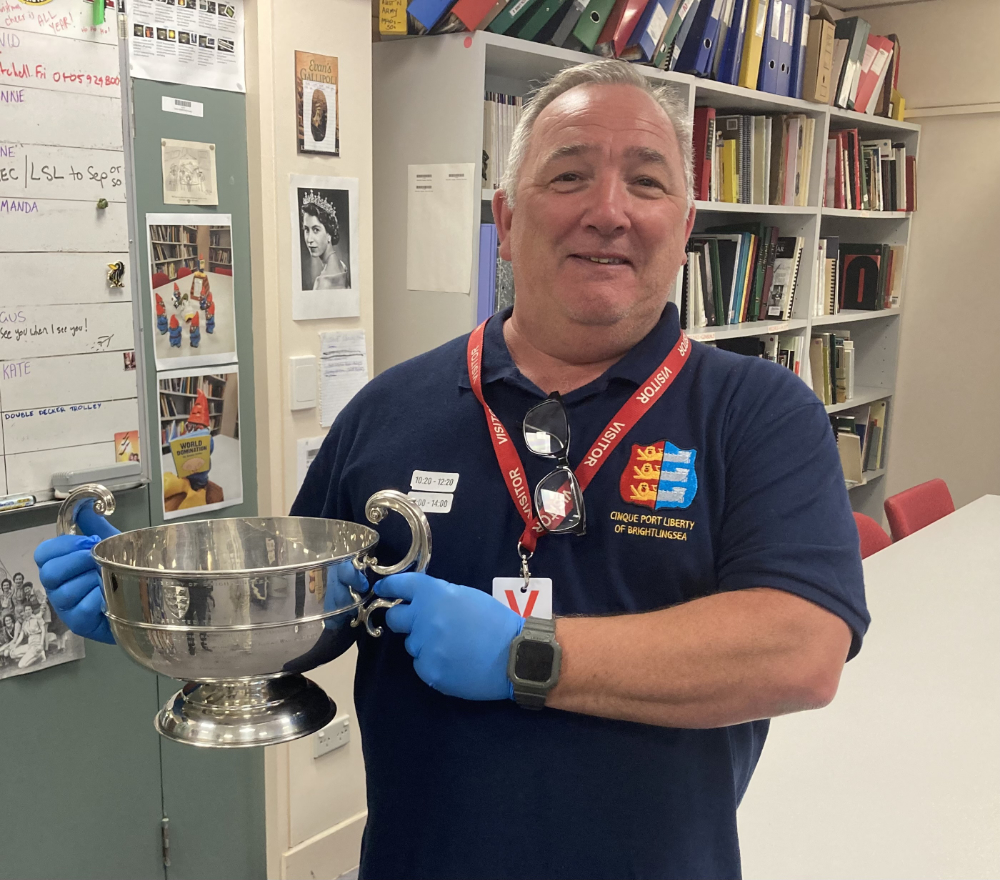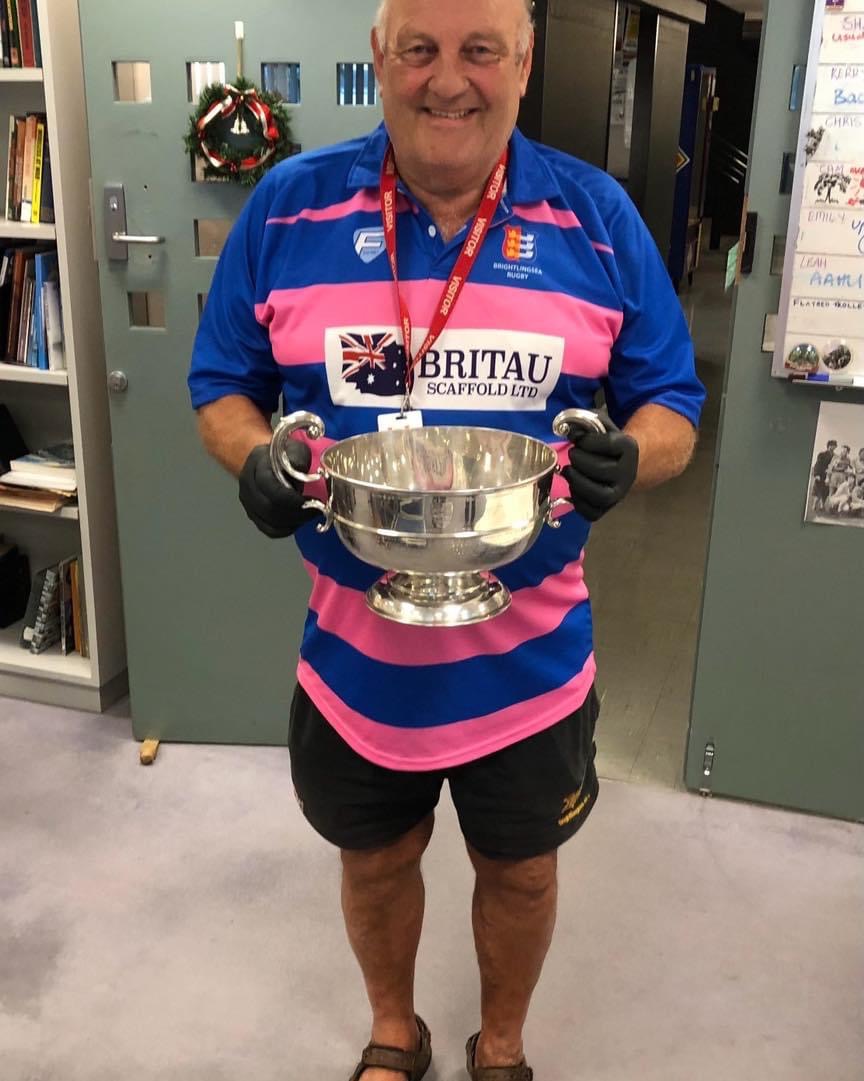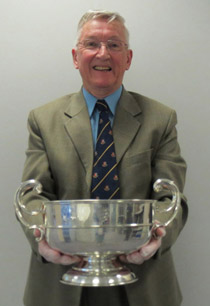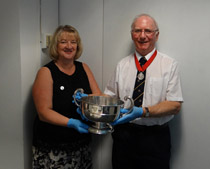
Brightlingsea and the Cinque Ports
Brightlingsea, a Limb of the Head Port of Sandwich, is the only community outside Kent and Sussex which has any connection with the Confederation of the Cinque Ports. As a thriving ship-owning port, in becoming a Limb of Sandwich it could contribute to that town’s ship-service quota. To the Portsmen generally it was a useful half-way house en route to and from their annual Herring Fair at Yarmouth. For the Lord Warden, it made sense of the extending of his powers so far north of Sussex and Kent over the full width of the mouth of the Thames. Also it produced excellent oysters and the Lord Warden had his own official layings in Brightlingsea Creek until at least the 1670’s.
After the Dissolution of the Monasteries, the Tudors began to develop new forms of local government and the Privy Council kept a very tight grip until after the Civil War. Brightlingsea ceased to belong to the Abbey at Colchester and became a royal manor – its most illustrious “Squire“ being Queen Elizabeth I. For all the mundane business of paying taxes, keeping the peace, jailing offenders, licensing inns, indenturing apprentices and the heavy burden of poor relief, the town was answerable to the Mayor of Sandwich, two days journey distant by road and not less than six hours by sea. So in Brightlingsea “Mr Deputy” probably exercised greater initiative than his equals elsewhere. No wonder Brightlingsea was once or twice summoned before the Privy Council to explain itself, or needed to enlist Confederation support against, for example, Newcastle’s refusal to recognise its privileges, or wrote to the Lord Warden (with a gift of oysters) to put in a good word for it in the right quarter.
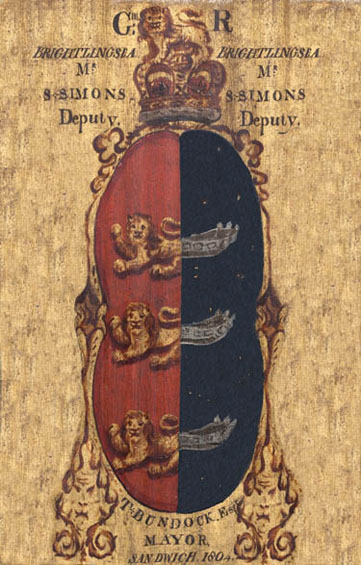
During the 22 years of war against revolutionary France, the Sandwich link was stretched so thin as to look absurd. In 1811, an Act of Parliament ended it. For local government and militia purposes, Brightlingsea became part of the Tendring Hundred of Essex, but as far as the Lord Warden was concerned, it remained part of his jurisdiction. The Cinque Port Wreck House built at that time still stands in Brightlingsea Waterside, a unique survival and as late as 1848, the Cinque Port Agent was active in the Colne.
A maritime Brightlingsea was never happy in a largely agricultural Tendring Hundred, above all when dealing with unemployment and poor relief. When Gladstone altered local government with his County Councils Act, old loyalties inspired an attempt to set up a county of the Cinque Ports and in 1887, Brightlingsea secured Sandwich’s agreement to a revival of the old link. The population of the town had grown to a remarkable 400% over the century, whilst it had shrunk or stagnated in the locality. It could not be long before Brightlingsea became a Borough - the First World War put an end to that. It was that dream which lay behind the so-called “Revival”, the election again, annually since 1885, of a Deputy, his visit to Sandwich for his formal Recognition and not least John Bateman’s magnificent gift of the “Great Opal” and silver chain of office, to be worn by the Deputies until such time as they became Mayors in their own right.
That climax can now never be achieved, but the Lord Warden, Earl Beauchamp, set the seal of approval on a unique combination of old tradition and new vitality when on Choosing Day 1924, he was present at the election of the new Deputy.
Our military history in more recent times
The people of
Brightlingsea paid tribute to the young men of the Australian and New
Zealand Army Corps, who came to Brightlingsea in support of Great Britain
in the dark days of the Great War.
This coastal Town was chosen as a training base for thousands of Australian
and New Zealand troops. They were trained in bridge, pontoon and road
building, trench and tunnel digging and front line military tactics. An
Australian Engineers Training Depot (AETD) was established in Brightlingsea
between 1916 and 1919. Over 5,000 Anzacs were stationed in the town and
surrounding areas, leaving behind a significant social and supporting
legacy which has not been forgotten. The centenary of their arrival gives
us an opportunity to commemorate them.
Their departure from the Town in 1919 was marked by the Deputy Dr E P Dickin, by the presentation of a silver bowl. It's whereabouts remained unknown until discovered in the Canberra War Memorial Museum by the detective work of Ann Berry, a Friend of the Museum.
"To the Officers and Men of the Australian Engineers Training Depot at Brightlingsea by the Townspeople in affectionate remembrance of their sojourn in the Town during the Great War 1916-1919".
